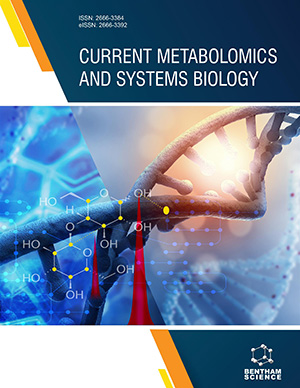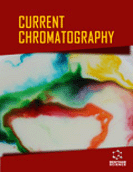Abstract
Recently, the development of eco-friendly and sustainable organic redox reactions has
attracted considerable attention. In the classification of catalysis, the two categories,
homogeneous and heterogeneous catalysis, have their own advantages and limitations.
Thus, we need catalytic species that show properties like homogeneous and
heterogeneous catalysts. Nano-catalysts fulfill the above requirements as it works as a
“linker” between the homogeneous and heterogeneous catalysts. In past years, various
heterogeneous nanomaterials have been used in different organic transformations as
green catalysts due to their larger surface area and smaller size. Most importantly,
nano-catalysts are the modern catalysts that promise green synthesis.
Methods:
Selective oxidation of alcohols to carbonyl compounds is essential due to the wide
applications of carbonyl compounds in pharmaceutical, agrochemical, fragrances, food
industries, and electronic industries. Traditional methods for the synthesis of carbonyl
compounds require a large number of oxidants; homogeneous catalysts, heavy metal
catalysts, and precious metal supports are used. Further, aromatic azo compounds,
composed of two phenyl groups interconnected by nitrogen-nitrogen double bonds, are
well-known chromophores that have important applications in the synthesis of dyes,
pigments, indicators, chemosensors, radical initiators, food additives, and therapeutic,
diagnostic, and pro-drug agents as well as building blocks of various polymers and
natural products. These compounds exhibited photophysical properties and significant
applications in electronics and optics. Several methods have been developed for the
preparation of aromatic azo compounds. Moreover, the selective oxidation of aniline is
an important and useful organic reaction for the synthesis of oxygenated compound
such as azoxybenzenes. Azoxybenzenes have attracted special importance as
synthetically useful intermediates, precursors and employed as dyes, reducing agents,
chemical stabilizers, and polymerization inhibitors, liquid crystals displays and therapeutic medicines. Here, some green approaches have discussed for the preparation of
azoxy compounds.
Conclusion:
This review focused on the recent green methods for the selective oxidation of alcohols
to carbonyl compounds and direct oxidative azo-coupling of anilines to aromatic azo
and azoxy compounds using heterogeneous nano-based catalysts.






















